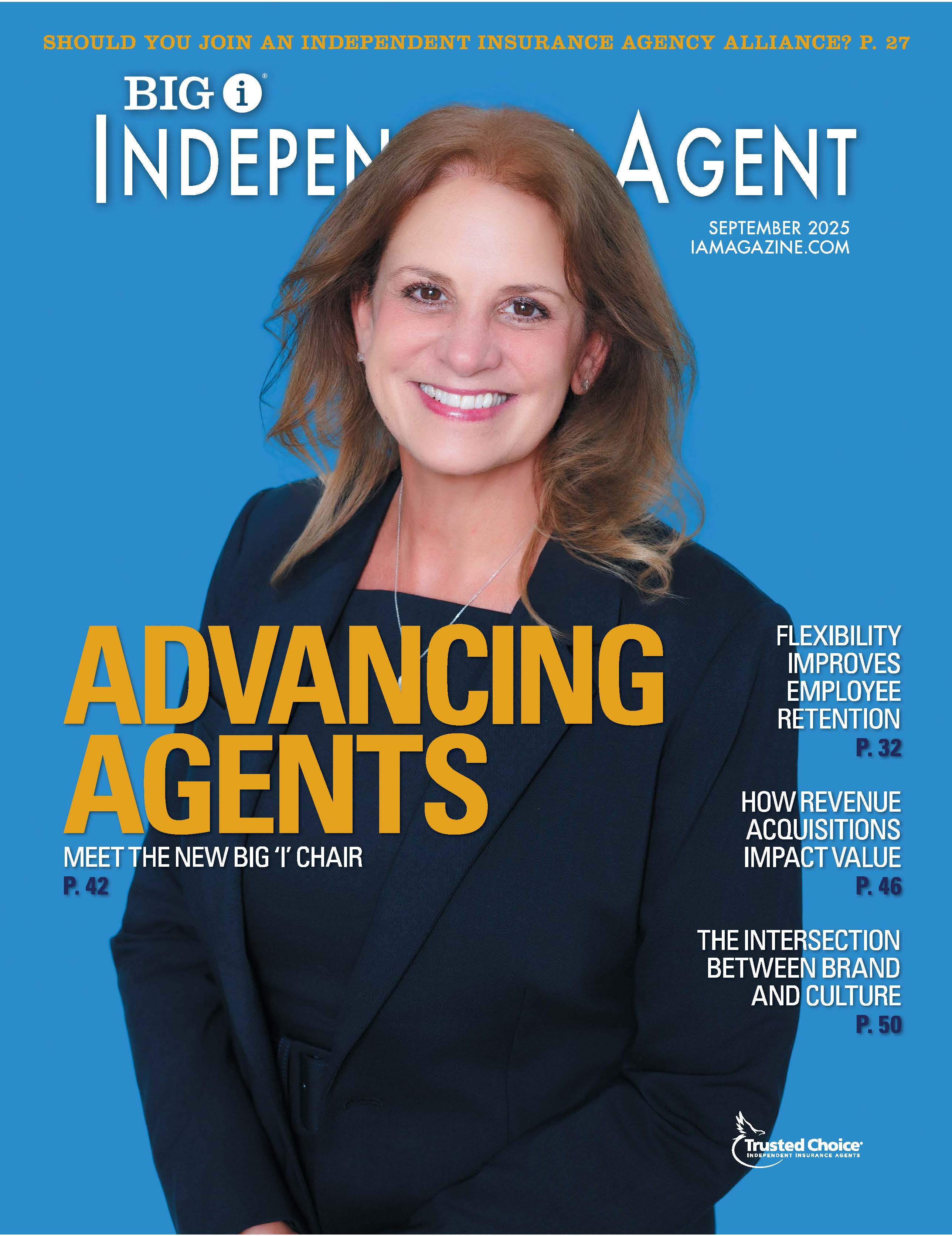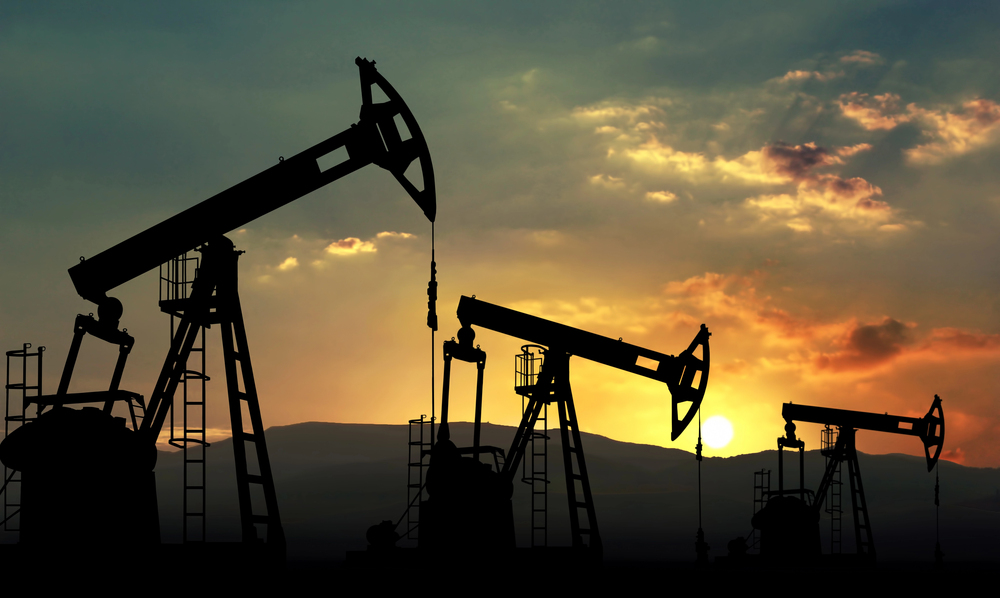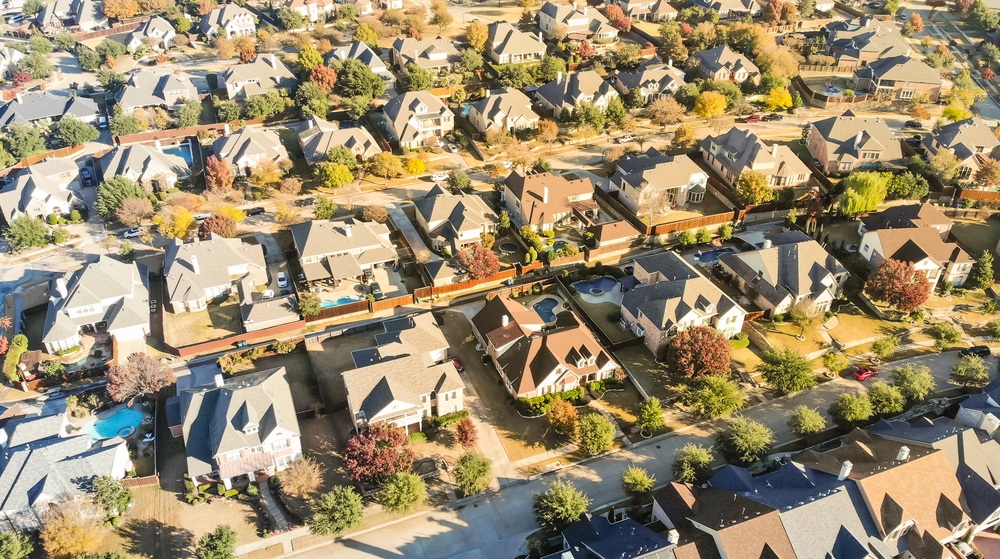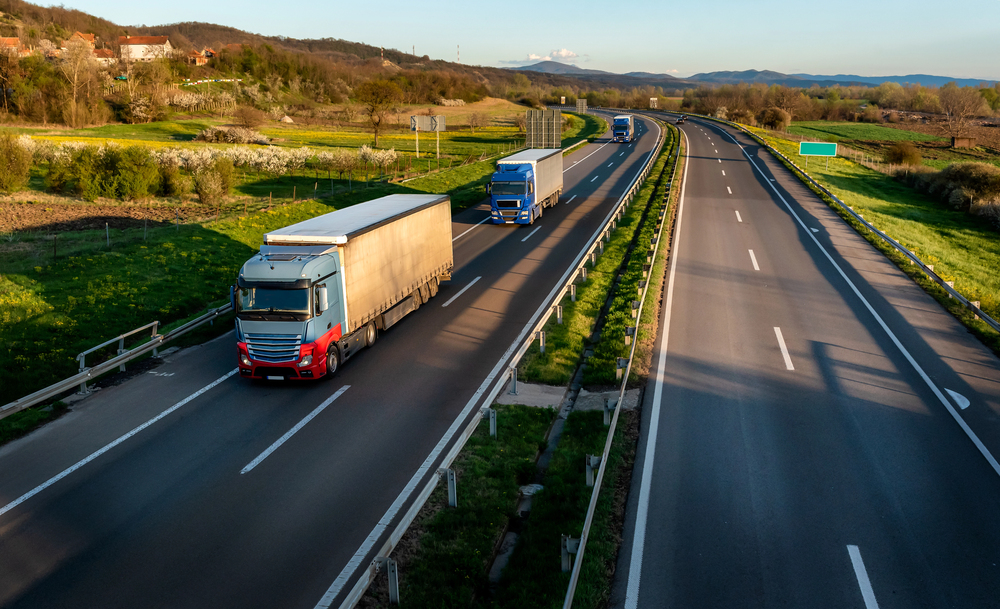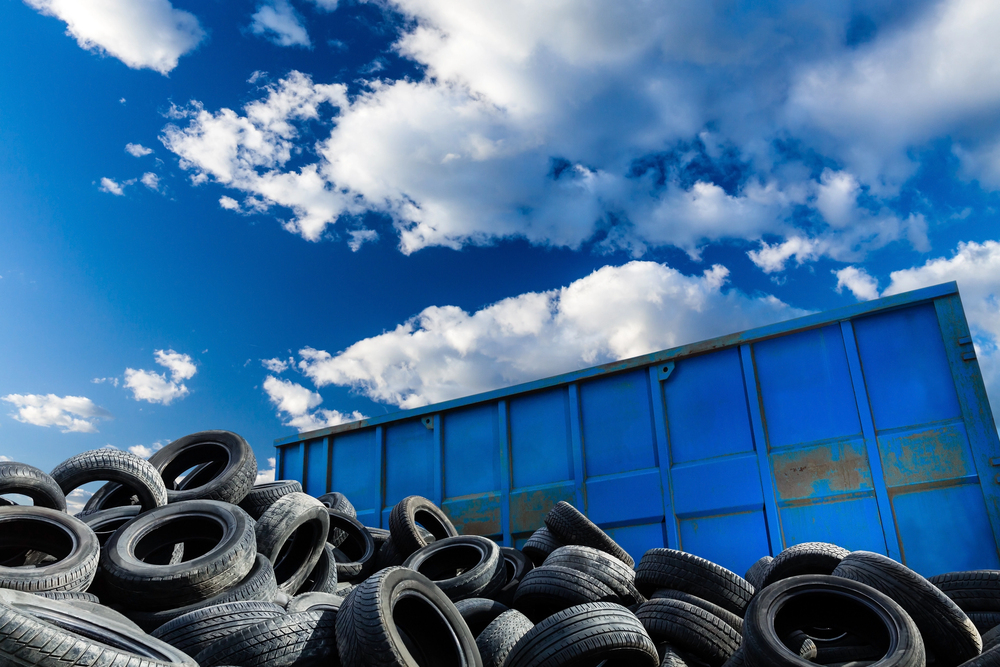When Does the PAP ‘Wear and Tear’ Exclusion Apply?
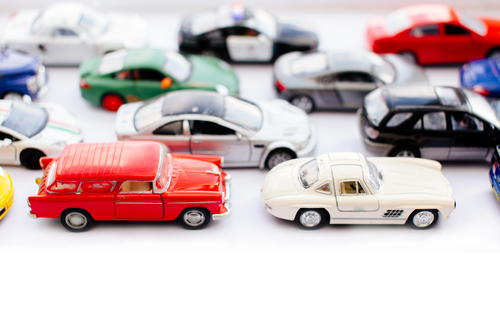
By: Big ‘I’ Virtual University Faculty
An agent’s insured has a standard ISO personal automobile policy with comp and collision coverage in place. During a heavy rain storm, water gets in through the closed sunroof, damaging the inside of the vehicle. The auto technician determines that the water entered the car because the drains around the sunroof were clogged.
Q: The carrier denied the claim based on wear, tear and regular maintenance, but I disagree. Who’s right?
Response 1: Look at the “wear and tear” exclusion. It should only apply to the wear and tear part of the loss—not the consequential damage. If the brakes fail from lack of maintenance, the resulting damage when the insured hits a tree is still covered.
Response 2: If the seal around the glass wears out and needs to be replaced, the cost of replacing the seal is excluded. This loss is different—it’s the result of an unusually heavy rainstorm, and that’s not excluded under “wear and tear.”
This is the kind of stuff that makes us all look bad. The loss is covered and should be paid. If the adjuster can’t see that, escalate it to a supervisor. If that doesn’t work, mention “bad faith” in your next conversation.
Response 3: The loss is covered. Water damage is a listed comprehensive peril. The cause of the loss was water, not the failure of the seals. The exclusion for wear, tear and maintenance is normally limited to a loss that is both “due” and “confined to” wear and tear. Even if the carrier successfully argues that the loss was caused by wear and tear, they can’t prove it was limited to wear and tear. Otherwise, any insurer could deny a claim where a poorly maintained bald tire blew and caused an accident that totaled the car. A copy of the policy would be helpful, though, as exclusionary language can vary between editions.
Response 4: An ISO policy limits the “wear and tear” exclusion to damage “due and confined to” wear and tear. Because the drains were clogged, the water entered the vehicle. Therefore, the damage is due to the water. It doesn’t sound like there was wear and tear on the drains—they just needed to be cleaned out. That might constitute “maintenance,” but the damage was confined to cleaning the drains.
Let’s say the insured found out that the rubber seal around the sun roof was worn out. The policy would not replace the worn-out item. However, if water seeped into the vehicle because of the worn-out seals, the damage is not “due and confined to” the worn-out rubber seals.
Response 5: I agree with you. Ask for reconsideration.
Response 6: Water damage is a covered peril. The loss itself was not due to wear and tear of the item damaged—it was due to water. The insured is not filing the claim for the item that suffered the wear and tear. The carrier should pay the claim.
Response 7: The ISO form has no “regular maintenance” requirement for coverage. Wear and tear would apply to a seal that wore out and allowed water to enter the vehicle, but it would apply only to the seal—not the resulting water damage. The water damage itself is the insurable loss, and that’s not “wear and tear.”
The ISO PAP exclusion reads as follows (emphasis mine):
“2. Damage due and confined to:
a. Wear and tear;
b. Freezing;
c. Mechanical or electrical breakdown or failure; or
d. Road damage to tires.
This Exclusion (2.) does not apply if the damage results from the total theft of ‘your covered auto’ or any ‘non-owned auto.’”
Notice the “and confined to” language. Any damage that arises from wear and tear is covered. Only the wear and tear itself (“confined to”) is excluded. Search the Big “I” Virtual University (VU) for “due and confined to” for several articles about this.
Response 9: The carrier is misapplying the exclusionary wording. Resulting damage is covered; the only cost possibly excluded is the cost of replacing the weather stripping. I’m not sure where the idea of regular maintenance came from—maybe inexperience.
Response 10: This is another example of a carrier improperly interpreting the language in its own policy. This is not a “wear and tear” claim—it’s a claim for damage from a leaking seal. Even though wear and tear or lack of maintenance may have contributed to the water damage, the exclusion does not apply to the resulting damage—only damage to the seal itself.
The purpose of the exclusion is to ensure that the customer pays for their own vehicle maintenance. If an auto accident resulted from faulty brakes, the damage from the accident would still be paid—just not the cost of replacing the brakes. In other words, the policy does not pay for a routine brake job or window seal that should be replaced, but it does pay for the resulting damage.
This question was originally submitted by an agent through the VU’s Ask an Expert service. Answers to other coverage questions are available on the VU website. If you need help accessing the website, request login information.
